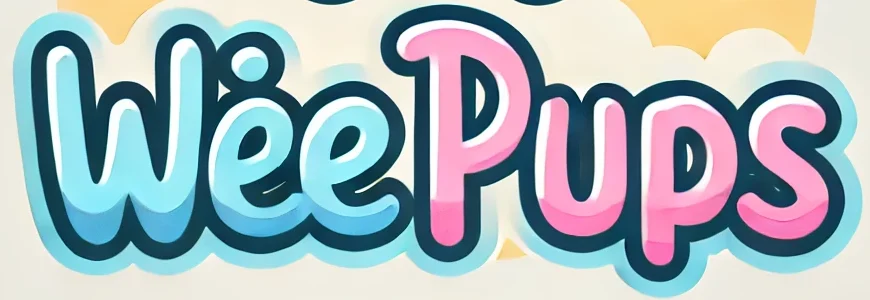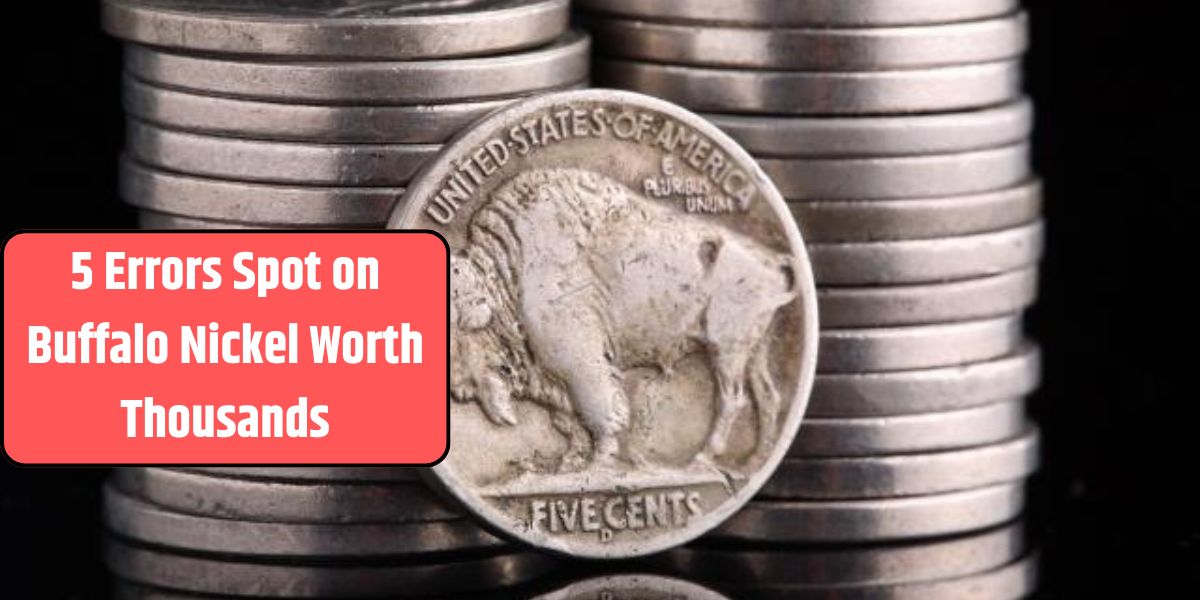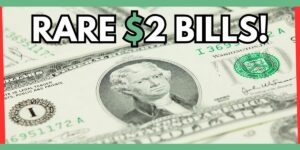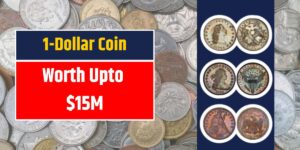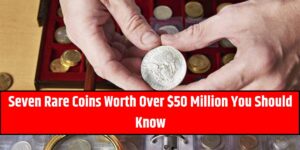Buffalo nickels, minted from 1913 to 1938, are iconic American coins cherished by collectors for their historical value and distinctive design. While most Buffalo nickels are relatively common, certain rare minting errors make some coins exceptionally valuable. These error coins are highly sought after by collectors, with some fetching thousands of dollars at auction. Here’s a closer look at five rare Buffalo nickel errors and how to identify them, as you may have a hidden gem in your collection without even knowing it.
1. 1937-D Three-Legged Buffalo Nickel
One of the most famous Buffalo nickel errors, the 1937-D “three-legged” Buffalo nickel, resulted from excessive die polishing at the Denver Mint, which inadvertently removed one of the buffalo’s front legs. This alteration left the buffalo with only three visible legs, turning this coin into a valuable collector’s item.
- Value: Ranges from $500 to $1,950 depending on condition. Uncirculated examples can reach up to $110,000.
- Identification Tip: Examine the reverse side (back) of the coin for the missing front leg on the buffalo. Look for the “D” mint mark, which indicates Denver and confirms the coin’s authenticity.
2. 1918/7-D Overdate Error
The 1918/7-D overdate error is among the rarest Buffalo nickel errors, occurring when a “7” was mistakenly stamped beneath the “8” in the date during minting. This unique overlap of the two numbers was created at the Denver Mint and is a coveted item for collectors.
- Value: Circulated examples are typically worth around $1,300, while high-quality pieces can sell for up to $35,000.
- Identification Tip: Use a magnifying glass to see the “7” faintly visible behind the “8” on the obverse (front) side of the coin.
3. 1916 Doubled Die Obverse
In 1916, a doubled die error occurred on the obverse side of the Buffalo nickel, where the coin’s die was struck twice during production, creating a noticeable doubling of the design elements. This error is especially evident in the date and letters on the coin’s front.
- Value: Even worn examples are valued around $5,000, while uncirculated pieces can fetch as much as $50,000.
- Identification Tip: Look for any doubling in the date and letters on the obverse. If unsure, consider having a professional coin grader verify the error.
4. 1935 Doubled Die Reverse
Another striking error, the 1935 doubled die Buffalo nickel, features a doubling effect on the reverse (back) side, with the most noticeable doubling in the “FIVE CENTS” inscription at the bottom.
- Value: Values range from $75 to $500 based on condition, with rare high-grade examples reaching up to $5,000.
- Identification Tip: Use a magnifying glass to inspect the “FIVE CENTS” text on the reverse for any signs of doubling or distortion.
5. 1914/3 Overdate Error
The 1914/3 overdate error occurred when a 1913 die was mistakenly used during the 1914 minting, resulting in a faint “3” appearing underneath the “4” in the coin’s date. This subtle error makes it a rare and desirable coin among collectors.
- Value: Coins in good condition can bring around $390, with higher-grade examples valued significantly more.
- Identification Tip: Look closely at the date for the outline of the “3” behind the “4.” The clearer the overdate, the higher the value.
| Error Type | Year | Mint Mark | Condition Value (Good) | High-Grade Value | Unique Feature |
|---|---|---|---|---|---|
| 3-Legged Buffalo Nickel | 1937 | D | $500 – $1,950 | $110,000 | Missing front leg of the buffalo |
| 1918/7-D Overdate | 1918 | D | $1,300 | $35,000 | “7” visible beneath the “8” |
| 1916 Doubled Die Obverse | 1916 | – | $5,000 | $50,000 | Doubling on the obverse date and letters |
| 1935 Doubled Die Reverse | 1935 | – | $75 – $500 | $5,000 | Doubling on the reverse “FIVE CENTS” text |
| 1914/3 Overdate | 1914 | – | $390 | Varies | Faint “3” under the “4” in the date |
How to Identify and Verify Buffalo Nickel Errors
If you believe you have a Buffalo nickel with one of these rare errors, follow these steps to verify its authenticity and assess its value:
- Inspect with a Magnifying Glass: Carefully check the date, mint mark, and prominent details such as legs and letters. These elements often reveal minting errors.
- Seek a Professional Grader: Professional grading services like the Professional Coin Grading Service (PCGS) can authenticate errors and evaluate the coin’s condition.
- Use Verified Photographs: Compare your coin with verified error coins available online to see if it shares similar characteristics.
- Research Market Prices: Review recent auction results and dealer listings to understand current market prices for similar Buffalo nickel errors.
These error coins highlight the unique charm and historical significance of Buffalo nickels, offering both new and seasoned collectors an opportunity to discover valuable pieces within their collections. Whether you’re just starting out or are a long-time collector, identifying these rare errors could significantly enhance the worth of your collection.
FAQs
Q: What causes errors in Buffalo nickels?
A: Errors typically resulted from issues during the minting process, such as die misalignment, over-polishing, or the use of incorrect dies, leading to unique features like missing details or doubled inscriptions.
Q: Are all Buffalo nickel errors valuable?
A: While not every error is highly valuable, certain significant ones like the 1937-D Three-Legged Buffalo or 1918/7-D Overdate can be worth thousands of dollars depending on condition.
Q: How can I confirm a Buffalo nickel error without professional help?
A: Use a magnifying glass to inspect the coin’s details, especially focusing on the date, letters, and buffalo features. However, a professional grader can give a more precise assessment.
Q: Where is the best place to sell valuable Buffalo nickels?
A: Auction houses, reputable coin dealers, or certified online marketplaces are ideal for selling valuable error coins, as they often reach an audience of interested collectors.
Q: Do Buffalo nickels have to be in perfect condition to be valuable?
A: Not necessarily. Some error coins retain significant value even in circulated condition, although uncirculated examples usually fetch higher prices.
